Breakfast is the foundation of a productive day, giving your body the energy and nutrients to tackle everything from morning meetings to gym sessions. However, for those with celiac disease, gluten intolerance, or individuals choosing a gluten-free lifestyle for personal health reasons, breakfast can feel like a challenge. Traditional options like toast, bagels, pancakes, and cereals often contain gluten, leading to discomfort, bloating, and other health concerns for those sensitive to it.
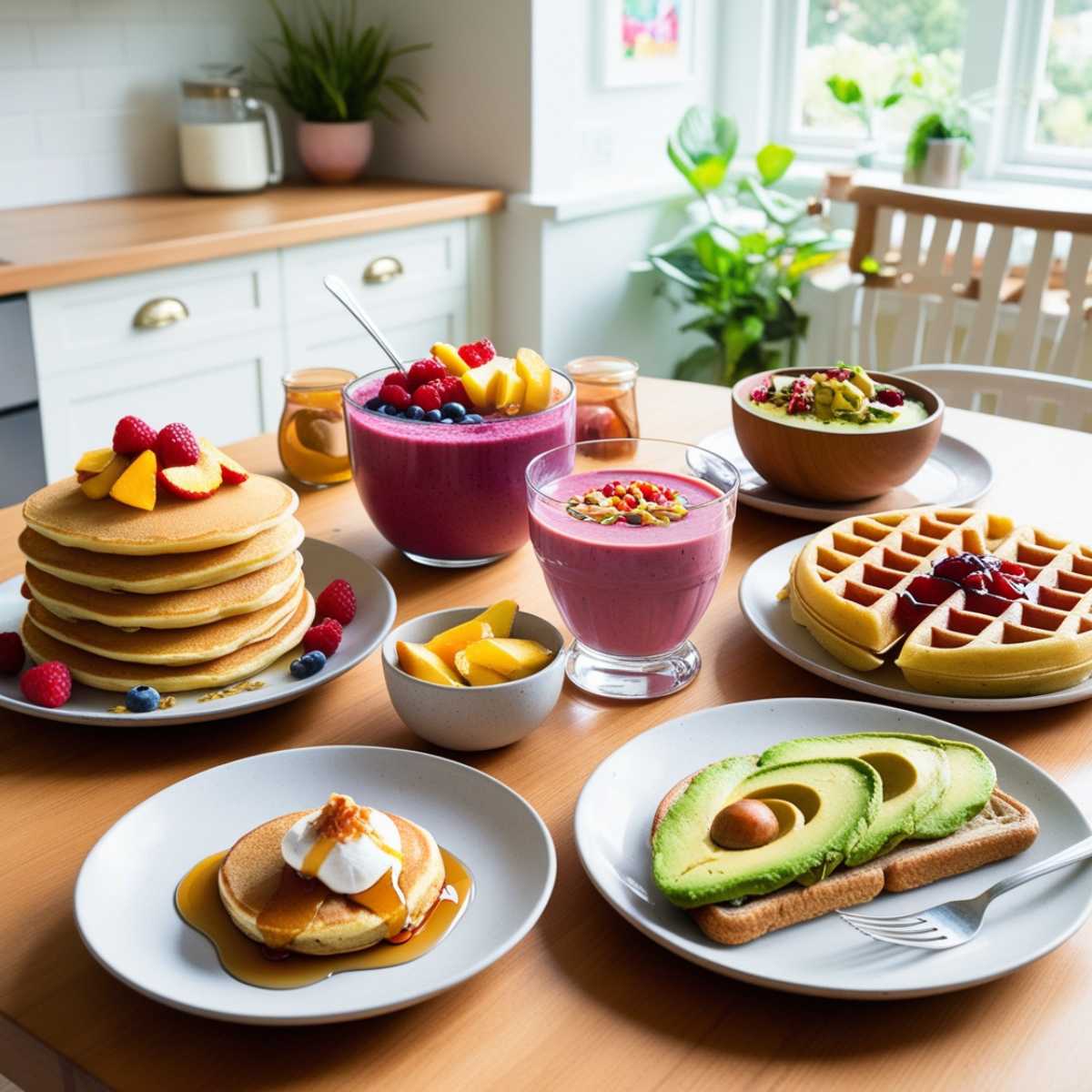
Thankfully, gluten free breakfasts can be just as varied, satisfying, and easy to prepare as any other type of breakfast. Plenty of gluten free breakfast options are delicious and nutritious, whether you're craving a simple grab-and-go meal or something more elaborate for your weekend brunch.
This comprehensive guide explores gluten free breakfast ideas that will keep you full, energized, and happy throughout the day. From smoothies and egg dishes to gluten-free breads and baked goods, you’ll discover the versatility of gluten-free ingredients that make breakfast a breeze.
Jump to:
- Why Go Gluten-Free for Breakfast?
- The Benefits of Starting Your Day Gluten-Free
- Common Gluten Free Breakfast Ingredients
- Gluten-Free Breakfast Ideas: Quick and Easy Options
- Gluten Free Breakfast Ideas: Hearty and Filling
- Gluten Free Breakfast Ideas for a Weekend Brunch
- Tips for Creating the Perfect Gluten Free Breakfast
- Conclusion
- FAQs
- Gluten free Breakfast - Smoothie Bowl
Why Go Gluten-Free for Breakfast?
For those who have celiac disease or gluten sensitivity, eating gluten can cause an immune response that damages the lining of the small intestine, leading to malabsorption of essential nutrients and digestive discomfort. For others, gluten may cause bloating, headaches, or fatigue. Regardless, going gluten-free has become a popular dietary choice for people who want to improve their overall health, reduce inflammation, and maintain a balanced energy level throughout the day.
The Benefits of Starting Your Day Gluten-Free
- Improved Digestion: Many people find that cutting gluten helps reduce bloating and digestive discomfort, especially after breakfast. This is important because a heavy, bloated feeling can drag you down throughout the day.
- Increased Energy Levels: Gluten free breakfasts, when made with whole, nutrient-rich foods, provide steady, sustained energy without the sugar spikes or crashes associated with many gluten-containing breakfasts like pastries or cereals.
- Nutrient-Rich Options: Gluten free breakfasts often incorporate whole foods such as fruits, vegetables, nuts, seeds, and gluten-free grains. These foods are packed with fiber, vitamins, and minerals, supporting overall health and well-being.
- Versatility: Going gluten-free doesn't mean sacrificing variety or flavor. With the growing availability of gluten-free products, you can enjoy everything from pancakes to avocado toast and beyond.
Common Gluten Free Breakfast Ingredients
Eating gluten-free means avoiding wheat, barley, rye, and other products derived from these grains. However, plenty of naturally gluten-free foods can form the base of a delicious and nutritious breakfast. Here are some critical gluten-free ingredients you’ll want to stock up on:
1. Gluten-Free Grains
Many gluten-free grains make excellent substitutes for wheat-based products:
- Oats: Be sure to buy certified gluten-free oats to avoid cross-contamination. Oats are a great source of fiber and can be used in porridge, overnight oats, or smoothies.
- Quinoa is a high-protein grain that can be used in sweet and savory breakfasts. Quinoa porridge is a great alternative to oatmeal.
- Buckwheat: Despite its name, buckwheat is naturally gluten-free and can be used to make delicious pancakes or porridge.
- Millet: A versatile grain that can be cooked into a porridge or used as a base for breakfast bowls.
2. Fruits and Vegetables
Fresh fruits and vegetables are naturally gluten-free and contain essential vitamins and minerals. Incorporate them into smoothies and omelets, or enjoy them as a healthy, fiber-rich side to your breakfast.
3. Eggs
Eggs are a breakfast staple for many; they’re naturally gluten-free. Whether scrambled, poached, or fried, eggs are a quick and easy source of protein and healthy fats.
4. Dairy Alternatives
If you’re avoiding dairy and gluten, there are plenty of non-dairy alternatives such as almond milk, coconut milk, and oat milk (ensure the Oat milk is gluten-free). They may be used in everything from cereals to smoothies and coffee.
5. Nuts and Seeds
Nuts and seeds are not only gluten-free but are also a great source of protein, fiber, and healthy fats. Almonds, chia, flaxseeds, and sunflower seeds can be added to yogurt, smoothies, or breakfast bowls for crunch and nutrition.
6. Gluten-Free Flour
When baking or making pancakes and waffles, gluten-free flour such as almond, coconut, and rice flour are excellent alternatives to wheat-based flour. Many grocery stores also carry gluten-free all-purpose flour blends that are perfect for baking.
Gluten-Free Breakfast Ideas: Quick and Easy Options
Let’s start with some easy and quick gluten free breakfast options perfect for busy mornings or when you’re on the go.
1. Gluten-Free Overnight Oats
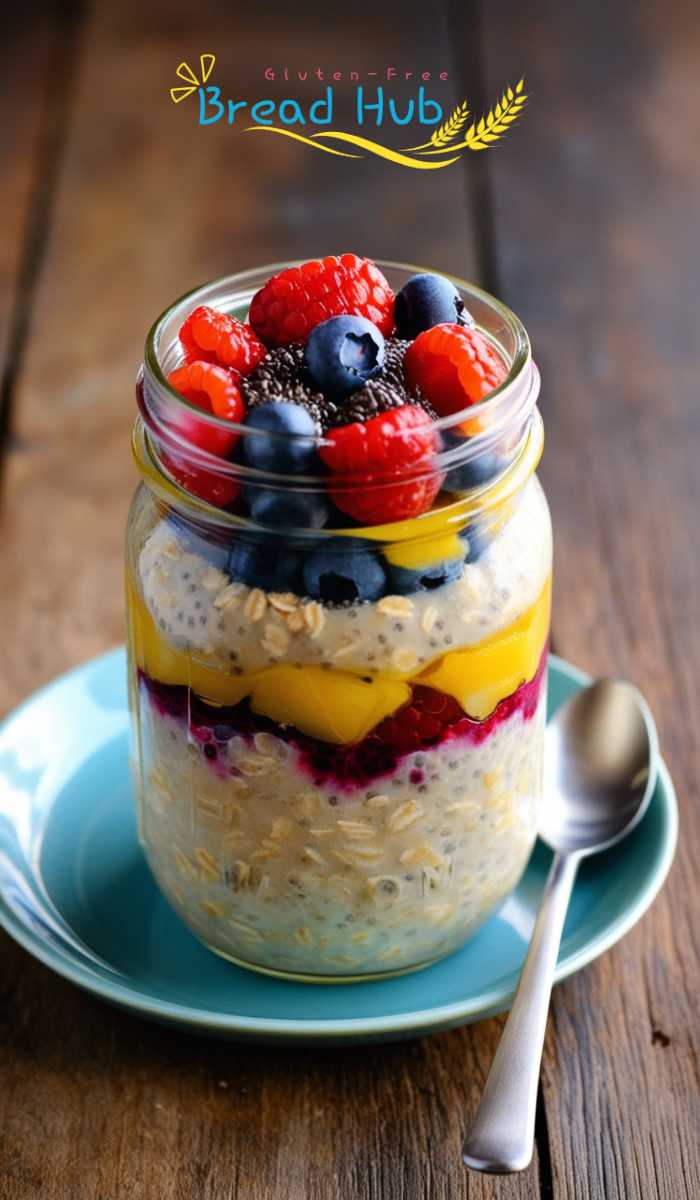
Overnight oats are one of the simplest, healthiest breakfasts you can make. They require no cooking and can be prepared the night before, so all you have to do in the morning is grab your jar from the fridge and enjoy.
Ingredients:
- ½ cup certified gluten-free oats
- 1 tablespoon chia seeds
- 1 cup almond milk or coconut milk
- 1 teaspoon maple syrup or honey (optional)
- Toppings: Fresh fruit, nuts, seeds, or shredded coconut
Instructions:
- Combine the oats, chia seeds, and almond milk in a mason jar or bowl.
- Stir in the sweetener if using.
- Cover and refrigerate overnight.
- In the morning, stir the oats and add your favorite toppings, like fresh berries, bananas, nuts, or coconut flakes.
Why It’s Great: Overnight oats are not only gluten-free, but they’re also packed with fiber, protein, and healthy fats to keep you full and energized throughout the morning.
2. Smoothie Bowls
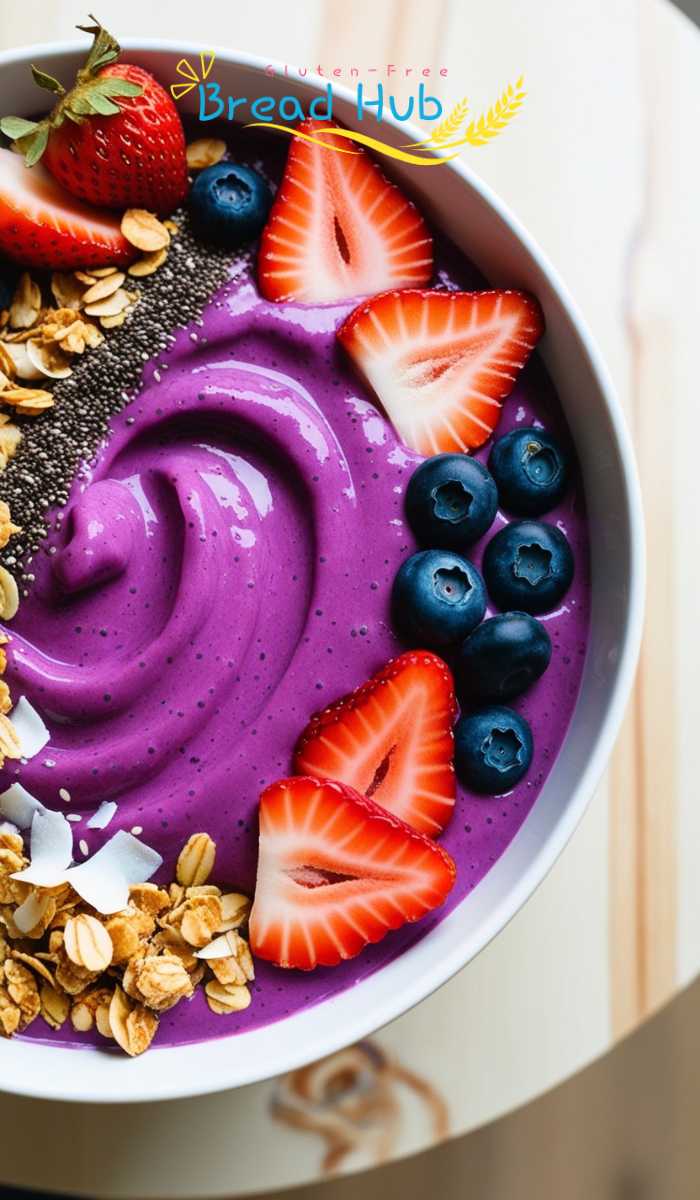
Smoothie bowls are thick, nutrient-dense smoothies you can eat with a spoon. They’re fully customizable and can be topped with delicious, gluten-free toppings.
Ingredients:
- 1 frozen banana
- ½ cup frozen berries (such as blueberries or raspberries)
- ½ cup gluten-free almond milk or coconut milk
- 1 tablespoon nut butter (almond or peanut)
- Toppings: Gluten-free granola, chia seeds, fresh berries, coconut flakes
Instructions:
- Combine the frozen banana, berries, almond milk, and nut butter in a blender.
- Blend until smooth and creamy, adding more milk to the desired consistency.
- Pour the smoothie into a bowl and top with gluten-free granola, chia seeds, and fresh fruit.
Why It’s Great: Smoothie bowls are a delicious way to start your day with fruit, antioxidants, and healthy fats. Plus, they’re easy to make in under 5 minutes.
3. Gluten-Free Avocado Toast

Avocado toast is a trendy breakfast option that’s both simple and satisfying. Using gluten-free bread ensures you can enjoy this dish without worrying about gluten.
Ingredients:
- 1 slice of gluten-free bread (toasted)
- ½ ripe avocado
- A drizzle of olive oil
- Salt, pepper, and chili flakes to taste
- Optional toppings: Poached egg, sliced tomatoes, microgreens
Instructions:
- Toast your gluten-free bread until crispy.
- Mash the avocado in a small bowl and spread it over the toast.
- Drizzle with olive oil and season with salt, pepper, and chili flakes.
- Add any additional toppings, such as a poached egg or fresh tomato slices, for added protein and flavor.
Why It’s Great: Avocado toast is rich in heart-healthy fats, fiber, and antioxidants. It’s a great way to start the day, especially with protein-rich toppings like eggs or nuts.
Gluten Free Breakfast Ideas: Hearty and Filling
For those who prefer a more substantial breakfast, these gluten-free options will keep you satisfied and full well into the afternoon.
1. Gluten-Free Pancakes
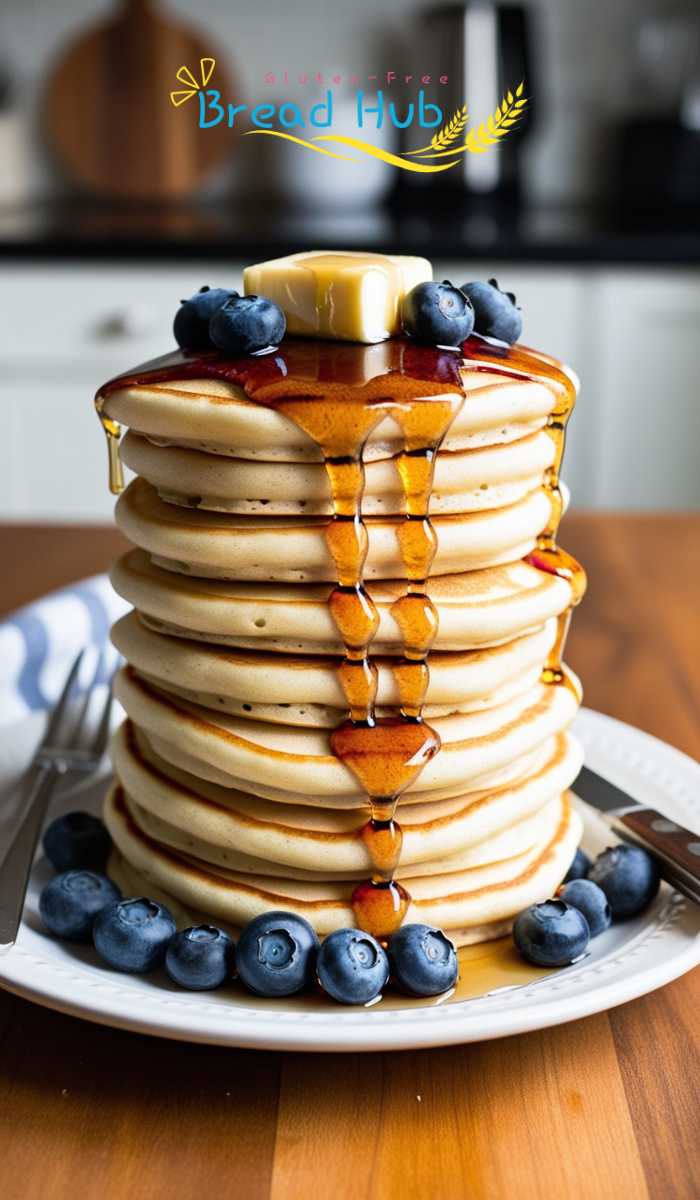
Who doesn’t love pancakes for breakfast? Luckily, gluten-free pancakes are easy to make and as fluffy and delicious as traditional ones. You can use a pre-made gluten-free flour blend or create your own using almond or coconut flour.
Ingredients:
- 1 cup gluten-free flour blend
- 1 teaspoon baking powder
- 1 tablespoon sugar (optional)
- 1 cup almond milk or coconut milk
- 1 egg
- 1 teaspoon vanilla extract
- 1 tablespoon melted coconut oil or butter
Instructions:
- Whisk together the gluten-free flour, baking powder, and sugar in a large bowl.
- Whisk together the almond milk, egg, vanilla extract, and melted coconut oil in a separate bowl.
- Slowly mix the wet ingredients into the dry ingredients, stirring until the batter is smooth and well combined.
- Heat a non-stick pan over medium heat and pour each pancake in ¼ cup of batter.
- Cook for about 2 minutes until bubbles form on the surface, then flip and cook for another minute or until golden brown.
- Serve with your favorite toppings, such as fresh fruit, maple syrup, or almond butter.
Why It’s Great: These gluten-free pancakes are light, fluffy, and customizable. You can even add blueberries or chocolate chips for a sweet twist.
2. Quinoa Breakfast Bowl
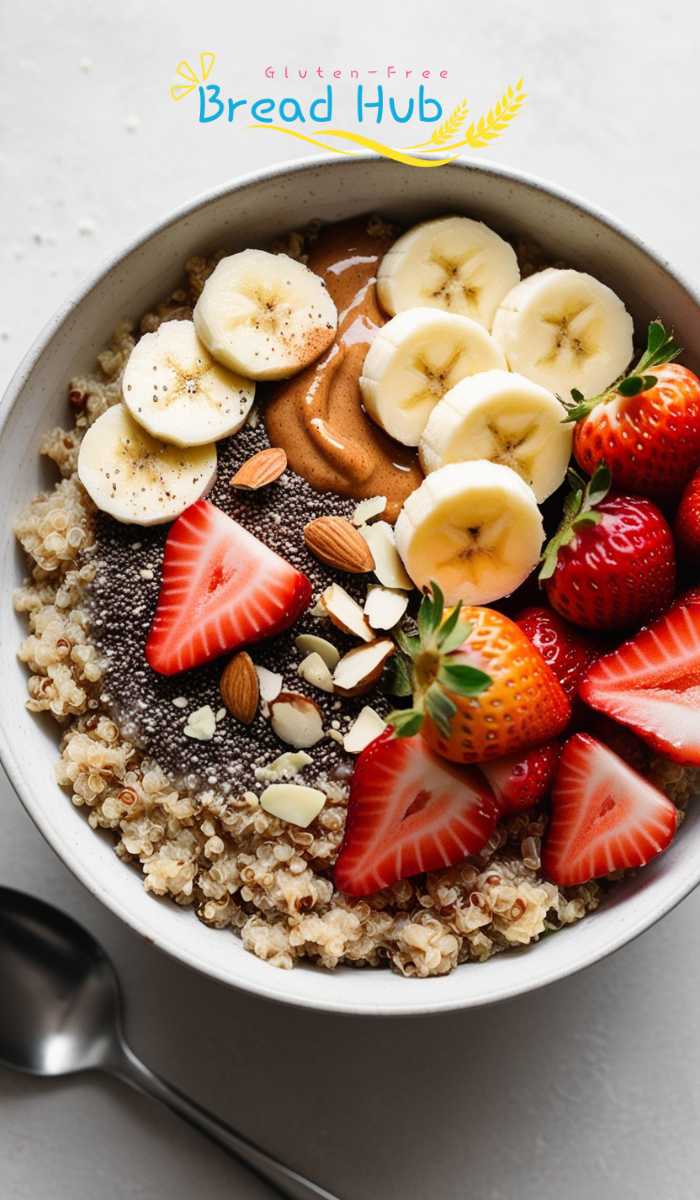
Quinoa isn’t just for lunch or dinner—it’s also a fantastic base for a hearty gluten free breakfast bowl. Rich in protein, fiber, and minerals, quinoa provides long-lasting energy and pairs well with sweet and savory toppings.
Ingredients:
- 1 cup cooked quinoa
- 1 tablespoon almond butter or peanut butter
- ½ cup almond milk
- 1 teaspoon cinnamon
- Toppings: Fresh berries, banana slices, chia seeds, nuts
Instructions:
- In a saucepan, warm the cooked quinoa with almond milk and cinnamon until heated through.
- Stir in the almond butter to create a creamy texture.
- Transfer the quinoa to a bowl and top with fresh berries, banana slices, chia seeds, and nuts.
Why It’s Great: Quinoa is a gluten-free superfood high in protein and provides sustained energy. This breakfast bowl is nutrient-dense and perfect for keeping you full all morning.
3. Egg Muffins
Egg muffins are a convenient, make-ahead breakfast option that you can customize with your favorite vegetables, cheeses, and proteins. They’re naturally gluten-free and can be stored in the fridge or freezer for a quick breakfast during the week.
Ingredients:
- 6 large eggs
- ¼ cup milk (dairy or non-dairy)
- Salt and pepper to taste
- ½ cup chopped vegetables (bell peppers, spinach, onions)
- ¼ cup shredded cheese (optional)
- ¼ cup cooked bacon or sausage (optional)
Instructions:
- Preheat your oven to 350°F (175°C) and grease a muffin tin with cooking spray.
- Whisk the eggs, milk, salt, and pepper in a large bowl.
- Stir in the chopped vegetables, cheese, and cooked bacon or sausage.
- Pour the egg mixture into the muffin tin, filling each cup about ¾ full.
- Bake for 20-25 minutes or until the eggs are fully set and golden.
- Allow the muffins to cool slightly before carefully taking them out of the tin.
Why It’s Great: Egg muffins are a protein-packed breakfast option that can be made in advance. They’re perfect for meal prepping and can be enjoyed hot or cold.
Gluten Free Breakfast Ideas for a Weekend Brunch
Sometimes, you want to slow down and enjoy a more elaborate breakfast. These gluten-free brunch ideas are perfect for those lazy weekend mornings when you have time to indulge.
1. Gluten-Free Frittata
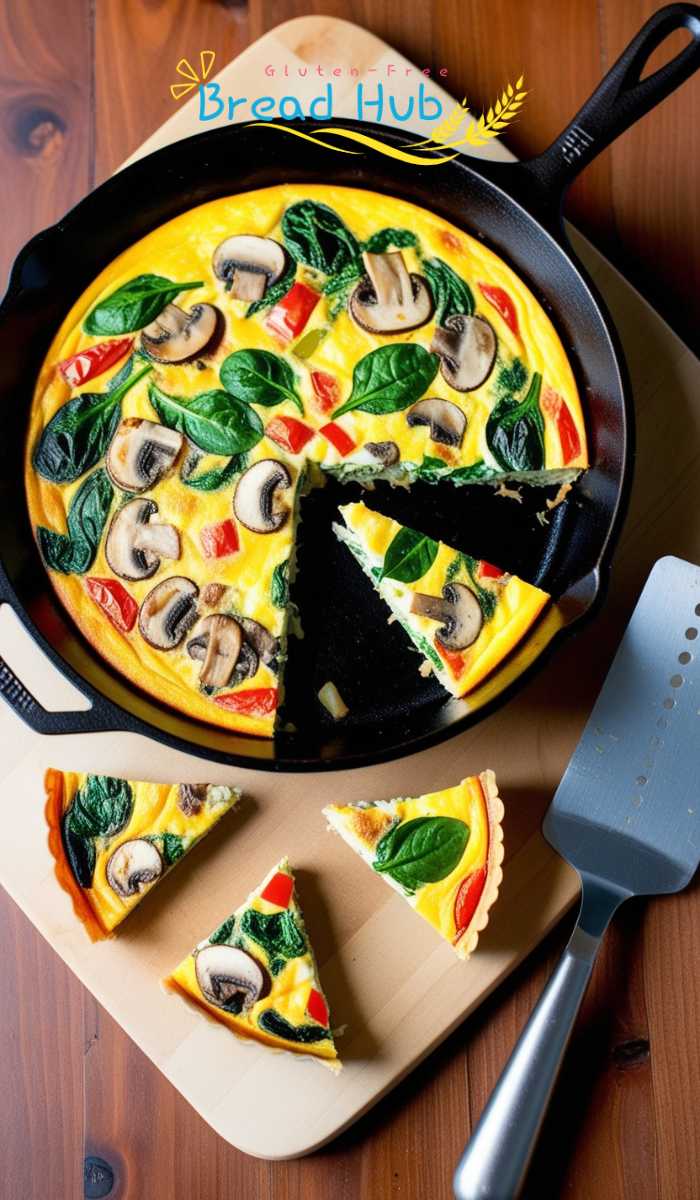
A frittata is a typical Italian omelet baked in the oven. It’s easy to make, versatile, and can be customized with your favorite vegetables, meats, and cheeses.
Ingredients:
- 8 large eggs
- ¼ cup almond milk or cream
- Salt and pepper to taste
- 1 cup sautéed vegetables (such as spinach, mushrooms, or bell peppers)
- ½ cup shredded cheese (optional)
- ¼ cup cooked sausage or bacon (optional)
Instructions:
- Preheat your oven to 350°F (175°C) and grease a baking dish or ovenproof skillet.
- Whisk the eggs, almond milk, salt, and pepper in a large bowl.
- Stir in the sautéed vegetables, cheese, and cooked sausage or bacon.
- Transfer the egg mixture to the baking dish that has been prepared.
- Bake for 20-25 minutes until the frittata is fully set and slightly golden.
- Allow the frittata to cool for a few minutes before slicing and serving.
Why It’s Great: Frittatas are a great gluten-free option for feeding a crowd. They’re packed with protein and vegetables, making them a nutritious breakfast.
2. Gluten-Free Waffles
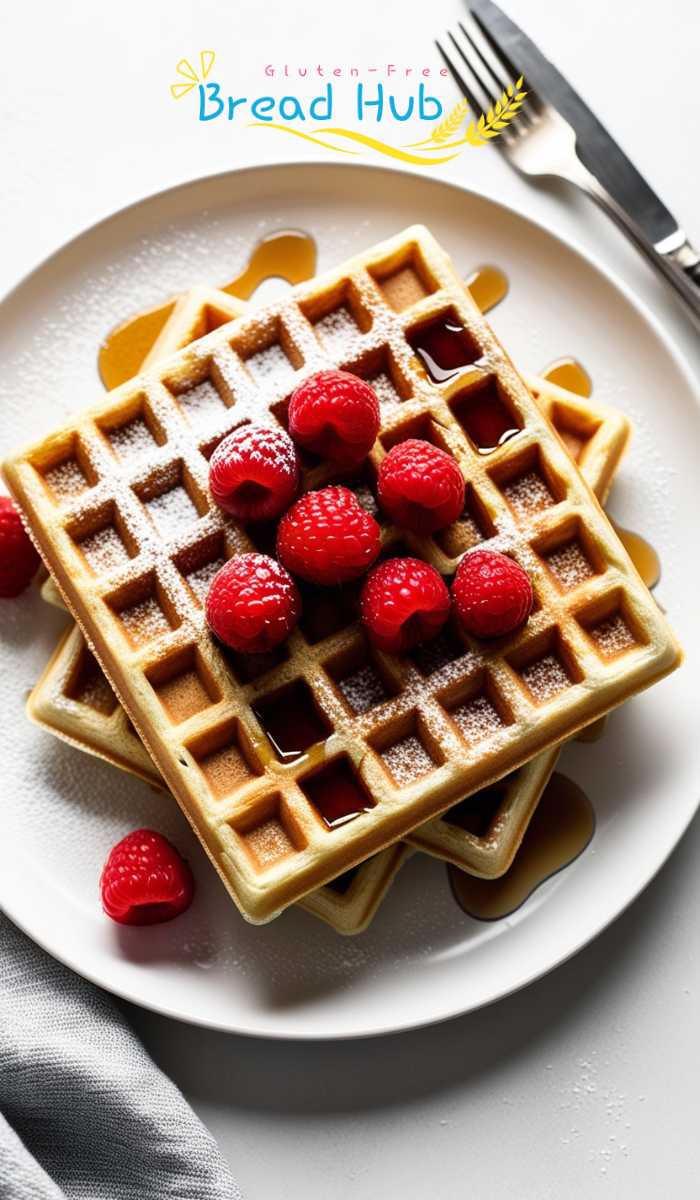
Gluten-free waffles are a fantastic brunch option if you’re in the mood for something sweet. You can top them with fresh fruit, whipped cream, or even a drizzle of chocolate sauce for a decadent treat.
Ingredients:
- 1 cup gluten-free flour blend
- 1 teaspoon baking powder
- 1 tablespoon sugar (optional)
- 1 cup almond milk
- 1 egg
- 1 teaspoon vanilla extract
- 1 tablespoon melted butter or coconut oil
Instructions:
- Preheat your waffle iron and grease it with cooking spray or melted butter.
- Whisk together the gluten-free flour, baking powder, and sugar in a large bowl.
- Whisk together the almond milk, egg, vanilla extract, and melted butter in another bowl.
- Slowly mix the wet ingredients with the dry, stirring until the batter is smooth and well-blended.
- Pour the batter into the waffle iron and cook following the manufacturer’s instructions, until the waffles are golden brown and crispy.
- Serve with your favorite toppings, like fresh fruit, maple syrup, or a dollop of whipped cream.
Why It’s Great: Gluten-free waffles are crispy on the outside and fluffy on the inside. They’re the perfect base for various sweet and savory toppings, making them a versatile brunch option.
Tips for Creating the Perfect Gluten Free Breakfast
While gluten-free breakfast options are more varied than ever, there are still a few tips to remember to ensure you get the most out of your morning meal.
1. Plan Ahead
Busy mornings can make it challenging to prepare a healthy breakfast, but with some planning, you can have a nutritious gluten-free meal ready in minutes. Try meal prepping by making overnight oats, smoothie bags, or egg muffins ahead of time so you always have something ready to go.
2. Experiment with New Ingredients
Don’t be afraid to experiment with different gluten-free ingredients. Grains like quinoa, millet, and buckwheat are great alternatives to traditional wheat-based cereals, offering unique flavors and textures.
3. Watch Out for Hidden Gluten
Gluten can sometimes hide in unexpected places, such as sauces, processed foods, or even specific brands of oats. Always read labels carefully to ensure that your products are certified gluten-free.
4. Focus on Whole Foods
The best gluten free breakfasts are those made with whole, unprocessed foods. Fresh fruits, vegetables, eggs, nuts, and seeds are naturally gluten-free and packed with nutrients that will energize you.
Conclusion
A gluten free breakfast does not have to be boring or limiting. With some creativity and the right ingredients, you can enjoy a wide variety of delicious, nutritious breakfast options that are gluten-free. Whether you prefer sweet or savory, light or hearty, there’s a gluten free breakfast for everyone.
From simple overnight oats and avocado toast to more indulgent waffles and frittatas, these gluten free breakfast ideas will help you start your day on the right foot. With the growing availability of gluten-free products, switching to a gluten-free diet has never been easier—or more delicious.
FAQs
Yes, as long as you choose certified gluten-free oats that are accessible from cross-contamination with gluten-containing grains.
Some quick gluten free breakfast options include overnight oats, smoothies, scrambled eggs with veggies, or avocado toast on gluten-free bread.
Gluten-free bread can be a healthy option, especially if it’s made from whole grains and is low in added sugars and preservatives.
Numerous gluten-free cereals are made from rice, corn, quinoa, or buckwheat. Always check the packaging to ensure it’s certified gluten-free.
Yes, you can make gluten-free pancakes without eggs by using an egg substitute, such as a flax egg or chia egg, which is made by mixing 1 tablespoon of flax or chia seeds with 3 tablespoons of water.
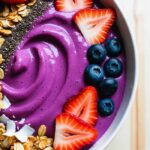
Gluten free Breakfast - Smoothie Bowl
- Total Time: 5 minutes
- Yield: 1 bowl 1x
Description
A smoothie bowl is a thick, nutrient-dense smoothie that you can eat with a spoon. It's fully customizable and topped with delicious, gluten-free options, making it the perfect healthy breakfast or snack.
Ingredients
- 1 frozen banana
- ½ cup frozen berries (such as blueberries or raspberries)
- ½ cup gluten-free almond milk or coconut milk
- 1 tbsp nut butter (almond or peanut)
- Toppings: Gluten-free granola (chia seeds, fresh berries, coconut flakes)
Instructions
- In a blender, combine the frozen banana, berries, almond milk, and nut butter.
- Blend until smooth and creamy. Adjust the amount of milk to reach the consistency you prefer.
- Pour the smoothie into a bowl and top with gluten-free granola, chia seeds, and fresh fruit of your choice.
- Prep Time: 5 minutes
- Category: Breakfast, Snack
- Cuisine: gluten-free, Vegan
Nutrition
- Calories: 250
Keywords: Gluten-Free Breakfast, Healthy Smoothie, smoothie bowl

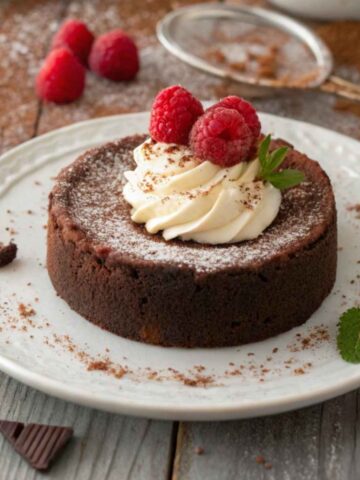
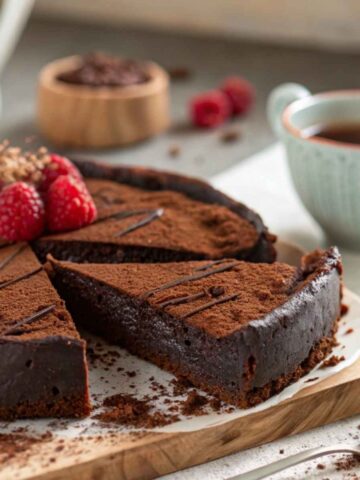
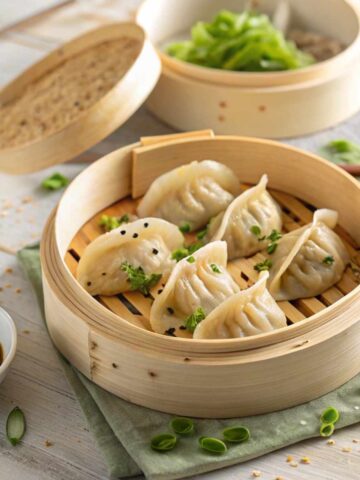
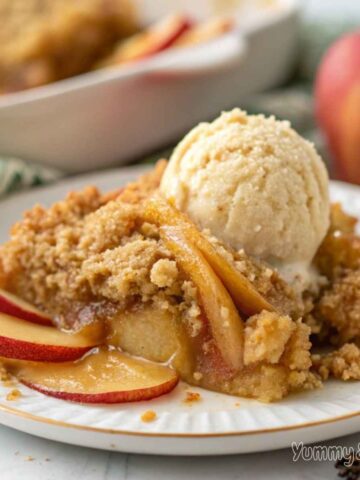
Leave a Reply